Algorithmic art: Manfred Mohr talks remix, revolution and fixing radios
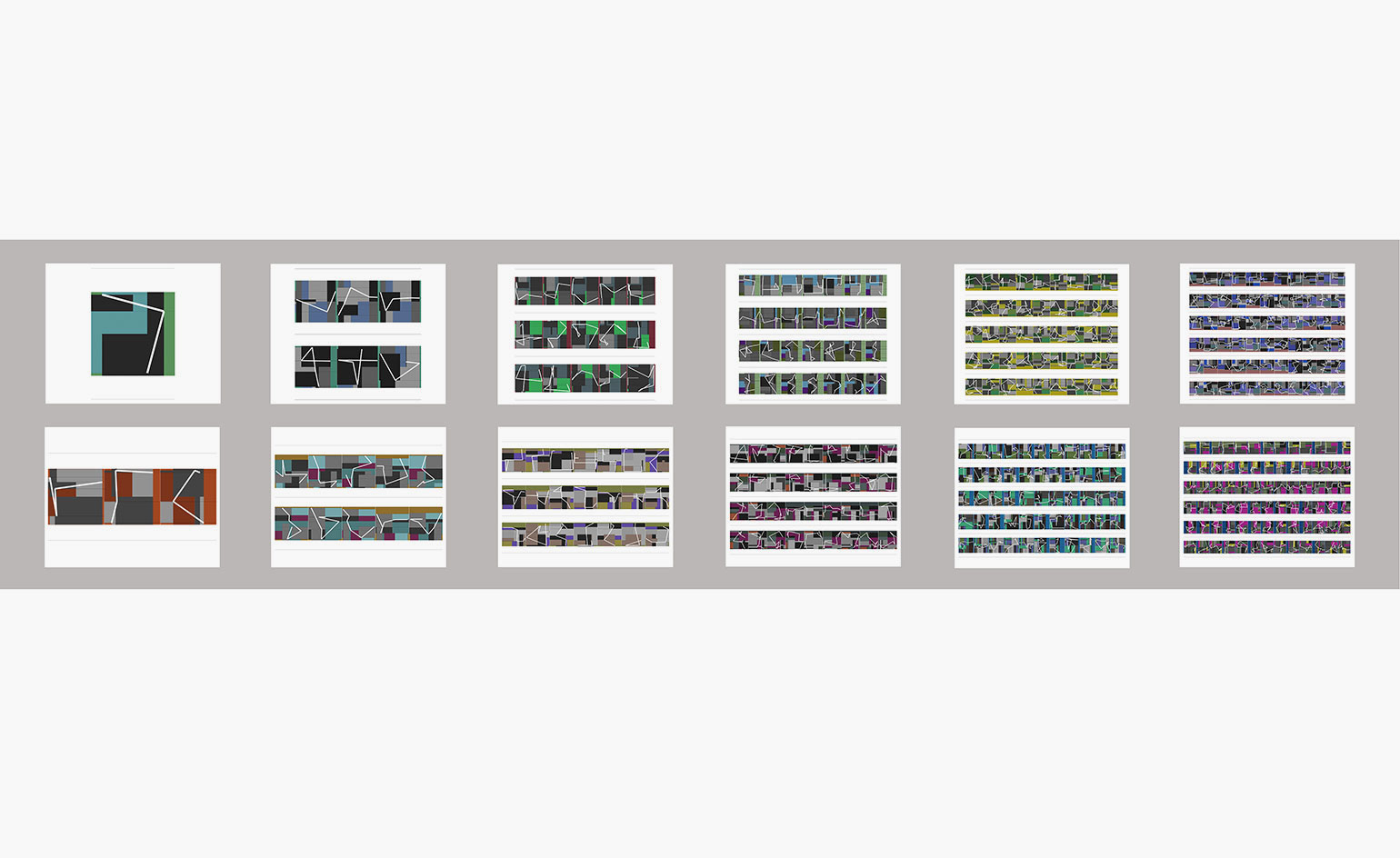
Elly Parsons
‘The idea to create art from algorithms is the center point of my work – that a non-visual logic will create a visual entity is what is so exciting about this process,’ explains New York-based artist, Manfred Mohr, whose work is on display in 'Artificiata II', from next week at Carroll / Fletcher in London.
Known as ‘the godfather of digital art’, Mohr began his career as a painter, going digital in the late 1960s. This shift stemmed from his childhood hobby of back-yard engineering (‘building radios and amplifiers’) alongside a pre-existing fascination with notation. Mohr found his art ‘slowly transforming from abstract expressionism to computer generated geometry’.
When Mohr was first exploring algorithms, his contemporaries were shunning the computer as pro-capitalist paraphernalia. The international student protests of 1968 ‘produced an aggressive hate for computers, which the students called bourgeois and military machines’. Mohr was physically and verbally attacked in Paris because of his preference for the medium, and one of his works (displayed in the historic Salon de Mai) was destroyed by activists.
Despite the social stigma, and the distinct lack of available computers to learn on, Mohr found a way to experiment with every dimension of digital art – even if this meant ‘fearlessly and courageously walking into the Meteorology Institute in Paris to ask for access to their machines’. He was also propelled by digital-music pioneer Pierre Barbaud, whom he first met in 1967. The freeform, jazzy notes remain in Mohr’s work to this day.
Once Mohr had gone digital, he never went back. ‘I experimented, in 1971, with a light pen to digitise a circuit board and in 1974 I modified a plotter to make etchings by tracing with a sharp steel needle on treated copper plates.
'In 1972–75, I made experimental computer movies using a microfilm camera, which had been developed just a few years before. I built, in 1967, electronic sound installations and in 1990, I used a computer-based laser to cut large reliefs out of metal plates,’
In 2002, unfulfilled by the limitations of existing programming, Mohr built his own PCs to run animations of his work, in one of his most resourceful acts of innovation. Sometimes out of necessity, and whether working with technology or not, ‘the artist always has to find or invent his own tools’.
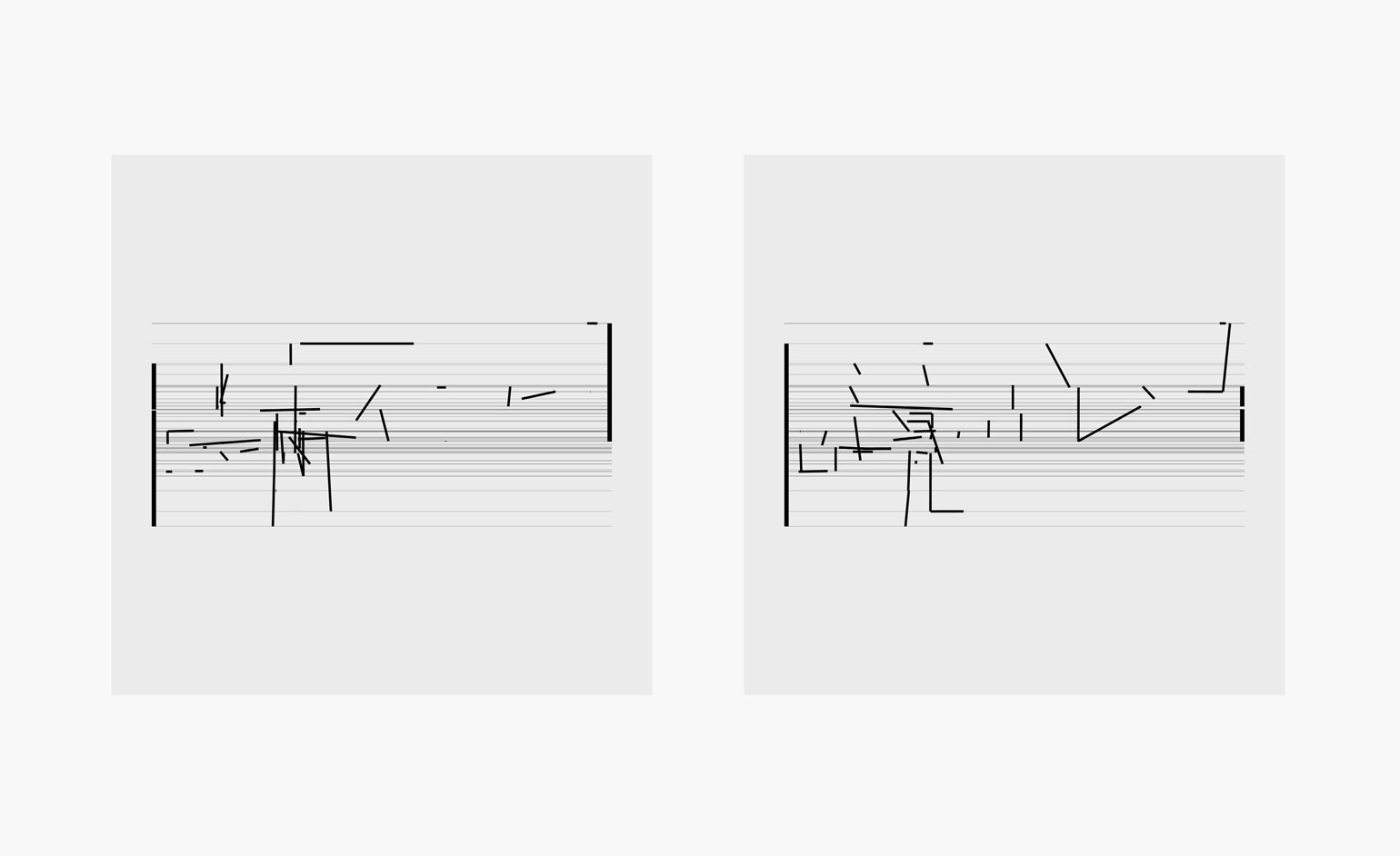
Mohr began his career as an abstract, impressionist painter; he turned to computerised media in the late 1960s. Pictured: P1682_1866, Pigment ink on paper, 2014–15
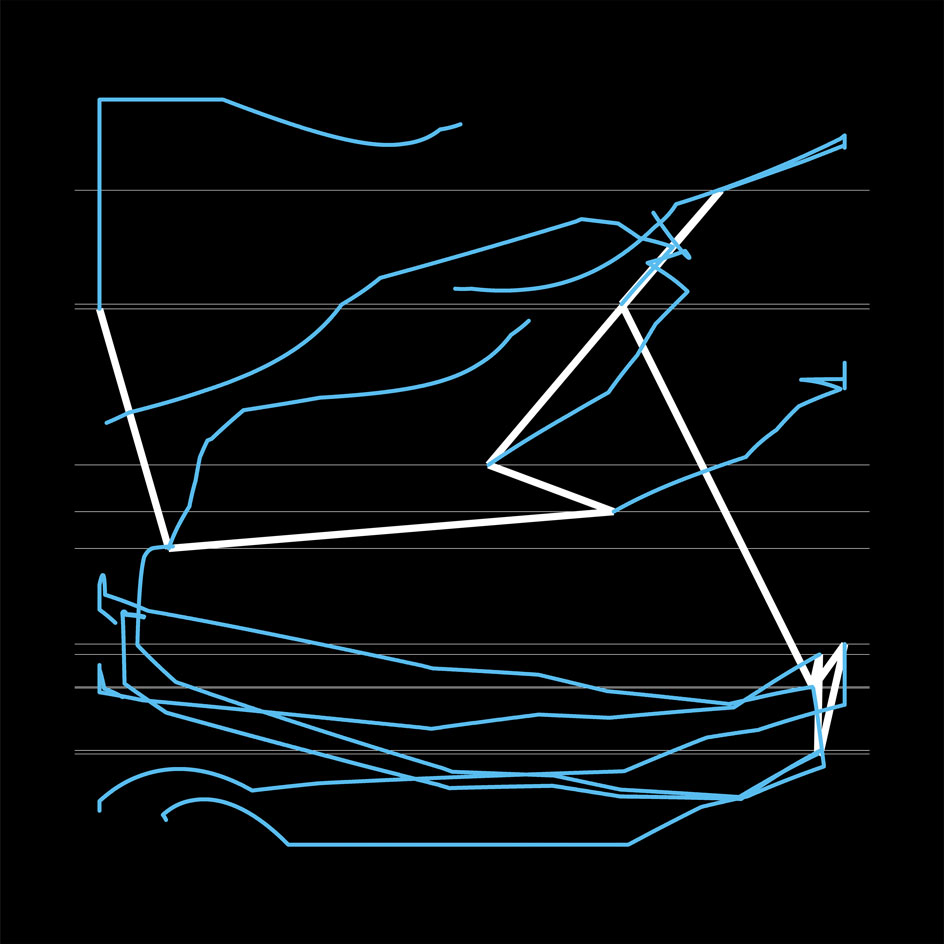
Since then, he has utilised computerised algorithms to create geometric shapes and forms in his work. Pictured: P2202_3260, Pigment ink on paper, 2014–15
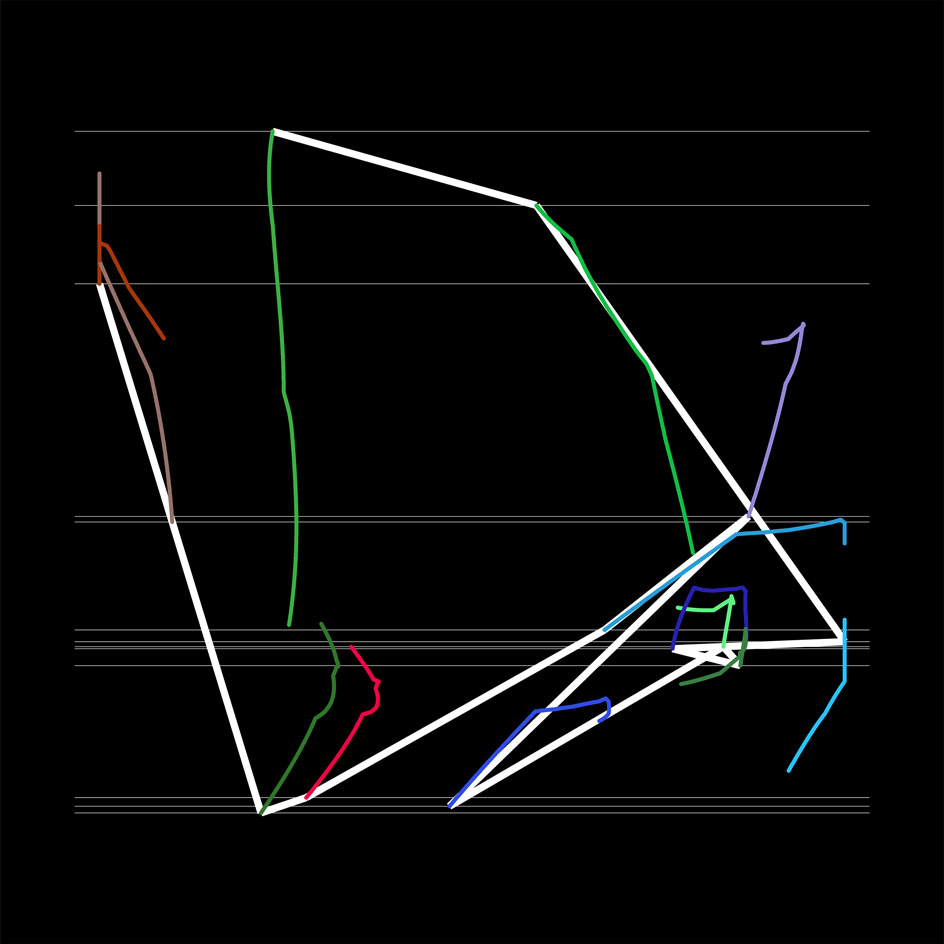
Mohr was inspired and encouraged by French digital-music pioneer Pierre Barbaud; freeform, jazzy undertones mark his practice to this day. Pictured: P2200_3099, Pigment ink on paper, 2014–15
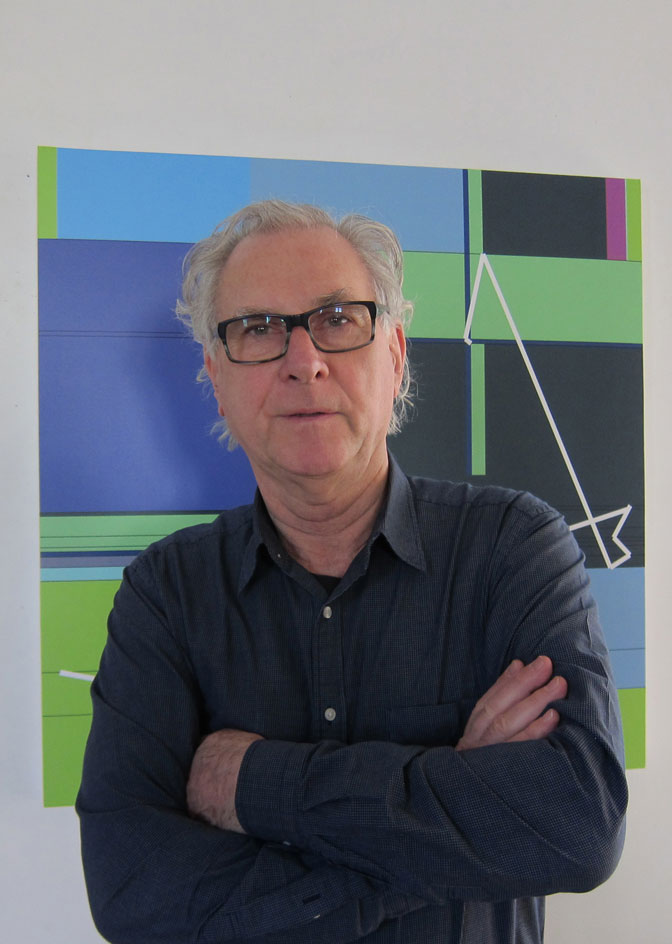
Manfred Mohr in 2015. Courtesy Carroll / Fletcher
INFORMATION
'Artificiata II' is on view from 12 February – 2 April 2016. For more information, visit Carroll / Fletcher's website
Courtesy the artist and Carroll / Fletcher
ADDRESS
Carroll / Fletcher
56 - 57 Eastcastle Street
London, W1W 8EQ
Receive our daily digest of inspiration, escapism and design stories from around the world direct to your inbox.
-
 This cult Los Angeles pop-up restaurant now has a permanent address
This cult Los Angeles pop-up restaurant now has a permanent addressChef Brian Baik’s Corridor 109 makes its permanent debut in Melrose Hill. No surprise, it's now one of the hardest tables in town to book
-
 French bistro restaurant Maset channels the ease of the Mediterranean in London
French bistro restaurant Maset channels the ease of the Mediterranean in LondonThis Marylebone restaurant is shaped by the coastal flavours, materials and rhythms of southern France
-
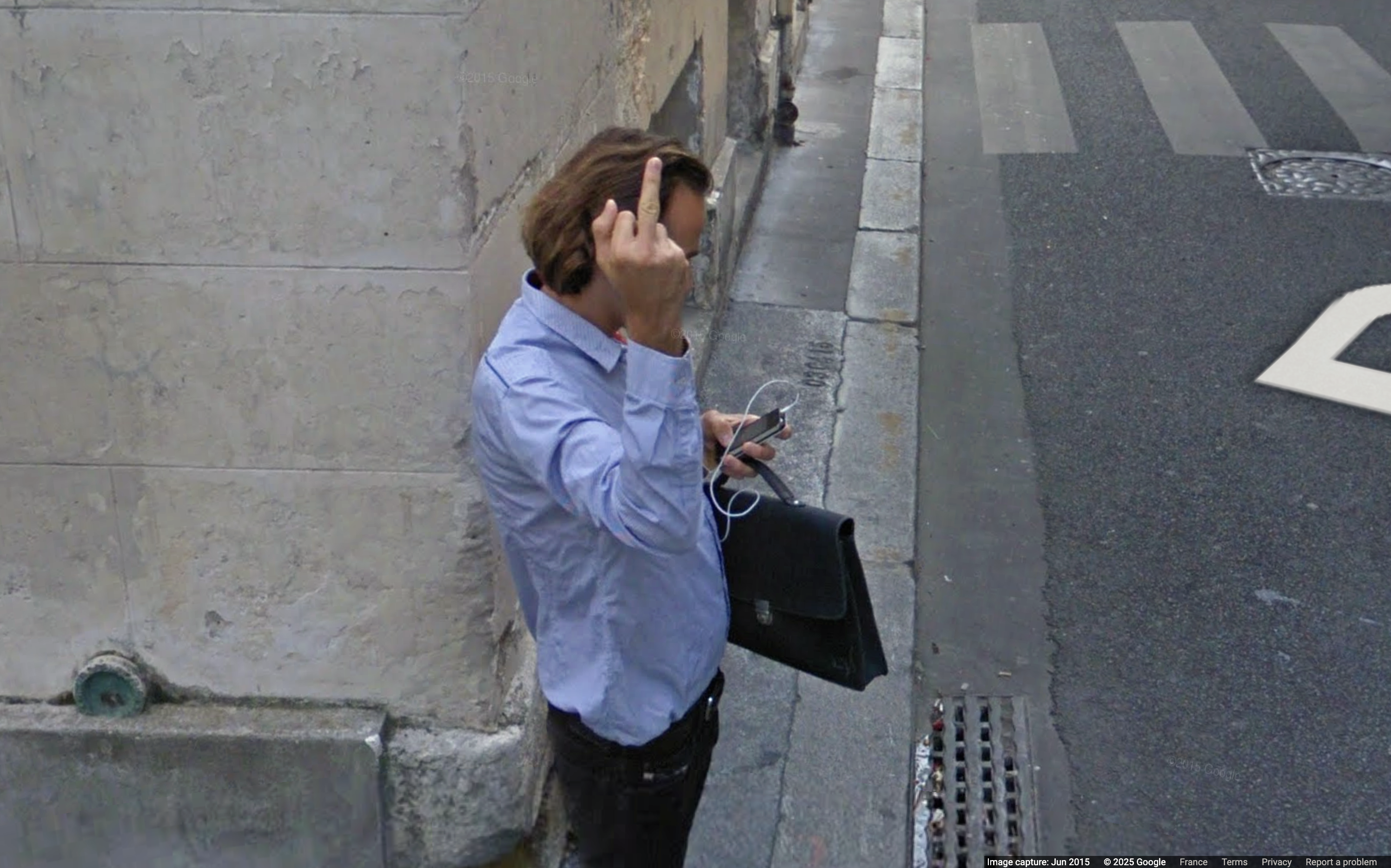 How ethical is Google Street View, asks Jon Rafman in Copenhagen
How ethical is Google Street View, asks Jon Rafman in CopenhagenIn 'Report a Concern - the Nine Eyes Archives' at Louisiana Museum of Art, Copenhagen, Jon Rafman considers technology's existential implications
-
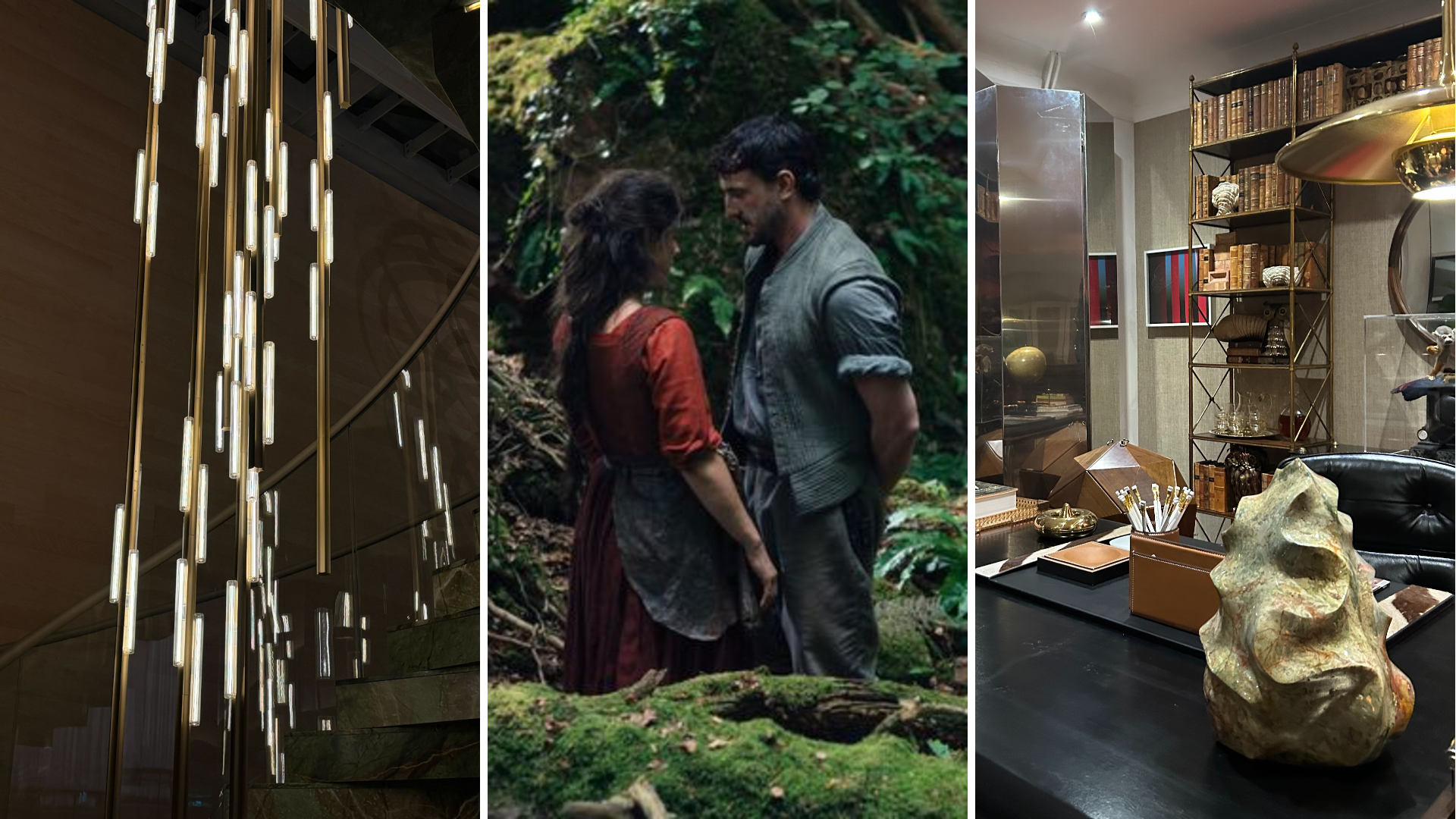 Out of office: The Wallpaper* editors’ picks of the week
Out of office: The Wallpaper* editors’ picks of the weekFar from slowing down for the festive season, the Wallpaper* team is in full swing, hopping from events to openings this week. Sometimes work can feel like play – and we also had time for some festive cocktails and cinematic releases
-
 The Barbican is undergoing a huge revamp. Here’s what we know
The Barbican is undergoing a huge revamp. Here’s what we knowThe Barbican Centre is set to close in June 2028 for a year as part of a huge restoration plan to future-proof the brutalist Grade II-listed site
-
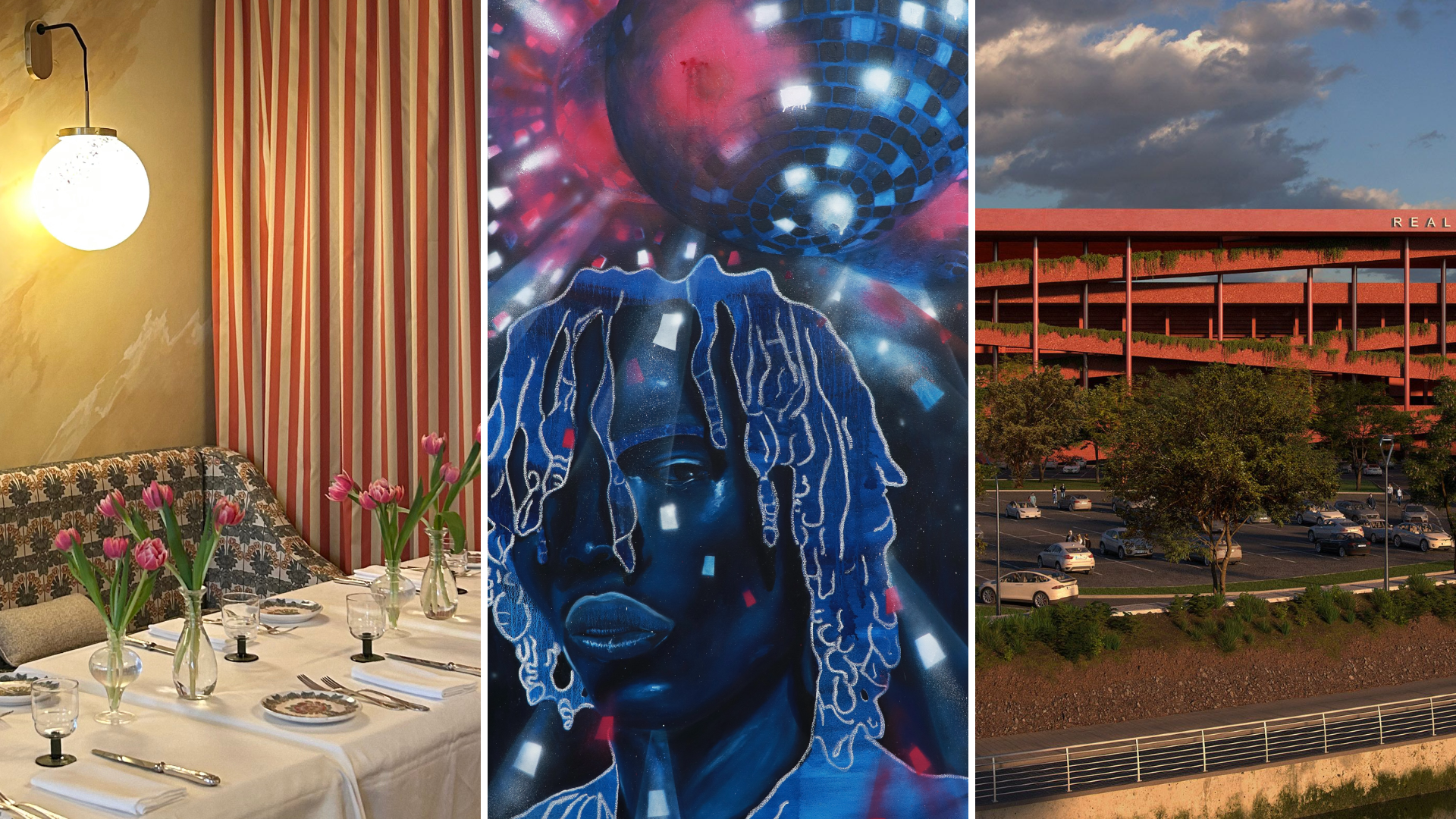 Out of office: The Wallpaper* editors’ picks of the week
Out of office: The Wallpaper* editors’ picks of the weekIt’s wet, windy and wintry and, this week, the Wallpaper* team craved moments of escape. We found it in memories of the Mediterranean, flavours of Mexico, and immersions in the worlds of music and art
-
 Each mundane object tells a story at Pace’s tribute to the everyday
Each mundane object tells a story at Pace’s tribute to the everydayIn a group exhibition, ‘Monument to the Unimportant’, artists give the seemingly insignificant – from discarded clothes to weeds in cracks – a longer look
-
 Out of office: The Wallpaper* editors’ picks of the week
Out of office: The Wallpaper* editors’ picks of the weekThis week, the Wallpaper* team had its finger on the pulse of architecture, interiors and fashion – while also scooping the latest on the Radiohead reunion and London’s buzziest pizza
-
 Out of office: The Wallpaper* editors’ picks of the week
Out of office: The Wallpaper* editors’ picks of the weekIt’s been a week of escapism: daydreams of Ghana sparked by lively local projects, glimpses of Tokyo on nostalgic film rolls, and a charming foray into the heart of Christmas as the festive season kicks off in earnest
-
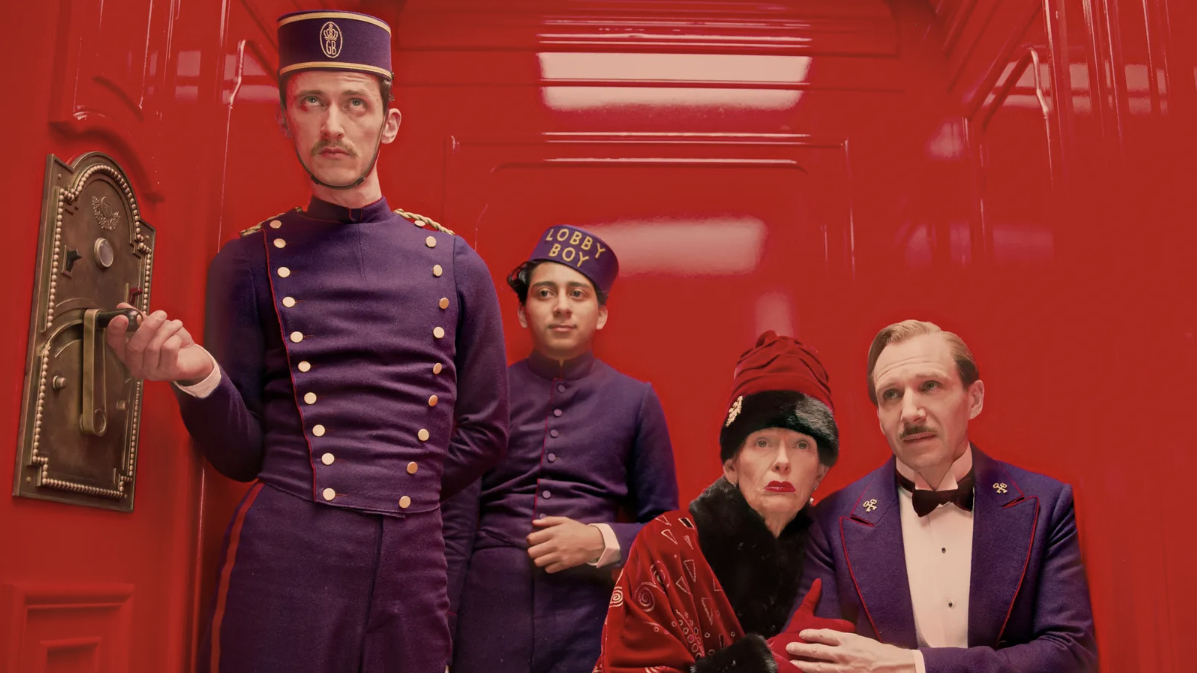 Wes Anderson at the Design Museum celebrates an obsessive attention to detail
Wes Anderson at the Design Museum celebrates an obsessive attention to detail‘Wes Anderson: The Archives’ pays tribute to the American film director’s career – expect props and puppets aplenty in this comprehensive London retrospective
-
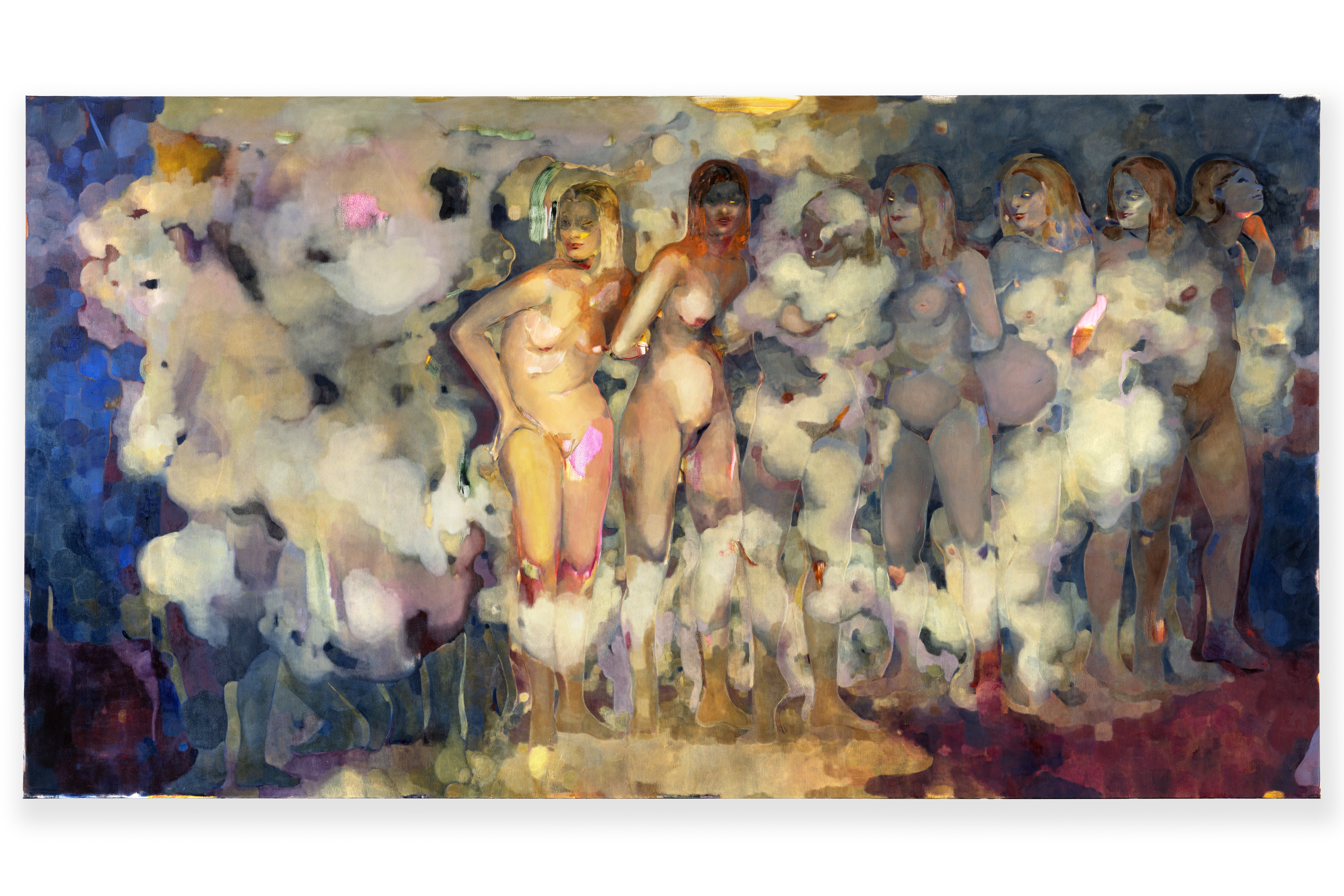 Meet Eva Helene Pade, the emerging artist redefining figurative painting
Meet Eva Helene Pade, the emerging artist redefining figurative paintingPade’s dreamlike figures in a crowd are currently on show at Thaddaeus Ropac London; she tells us about her need ‘to capture movements especially’